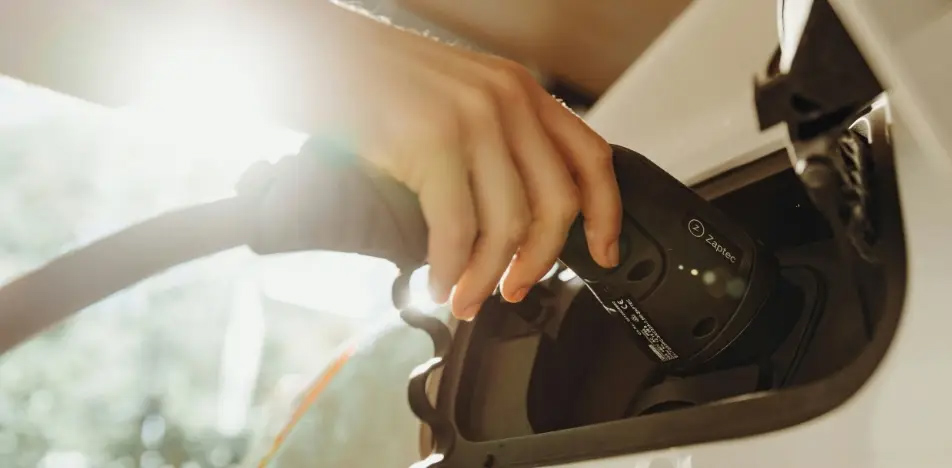

 LOCATION AND
LOCATION AND
TRANSPORATION
As part of Phase 3 of our Saraburi plant building expansion, we are committed to promoting sustainable mobility. The project incorporates environmentally conscious transportation solutions, including:
- Designated parking spaces for green vehicles
- Designated space for EV charging equipment
- Shuttle services for employees, promoting shared transportation and lowering parking demand
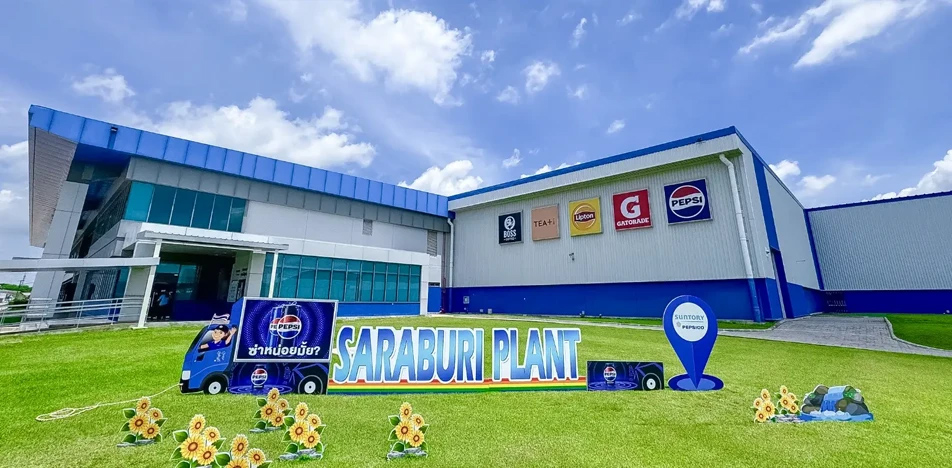

 SUSTAINABLE
SITES
SUSTAINABLE
SITES
The project promotes sustainability by using high-reflectance materials on roofs and pavements to reduce heat absorption and cooling loads, helping to mitigate the urban heat island effect.
A site-specific pollution prevention plan was also implemented to control dust, air pollution, and sedimentation during construction, minimizing environmental and community impact.
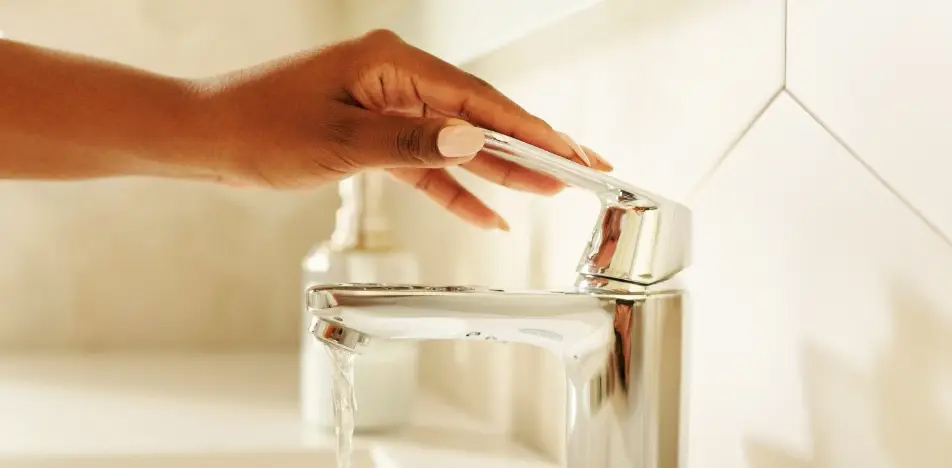

 WATER
EFFICIENCY
WATER
EFFICIENCY
It incorporates high-efficiency fixtures and fittings, including advanced faucets, urinals, and water closets, to significantly reduce overall water consumption. These measures support responsible water management and contribute to long-term environmental sustainability.
In addition, a high-performance water recycling system enables more than 80% of water to be treated and reused within the facility.
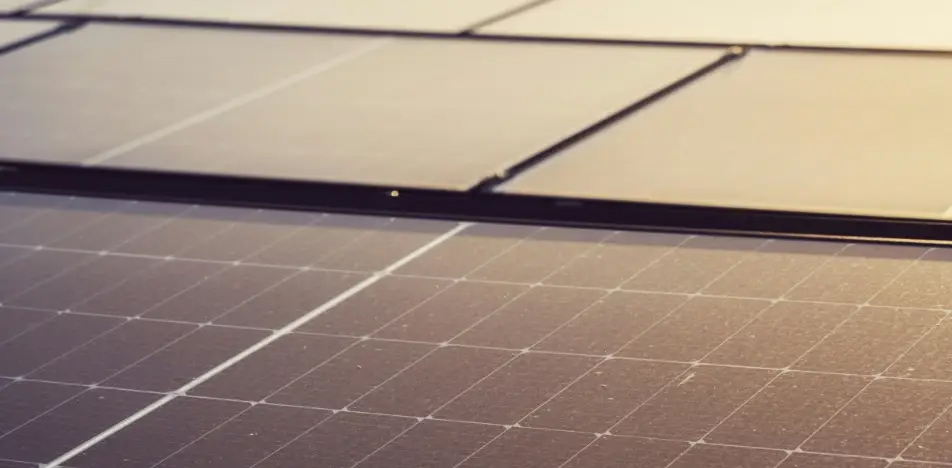

 ENERGY AND ATMOSPHERE
ENERGY AND ATMOSPHERE
We optimize energy performance through high-efficiency systems and on-site solar PV technology, supporting the shift to clean energy. Energy use is continuously monitored against baseline data to identify improvements and drive long-term efficiency.
These efforts reflect our commitment to advancing sustainable energy solutions.
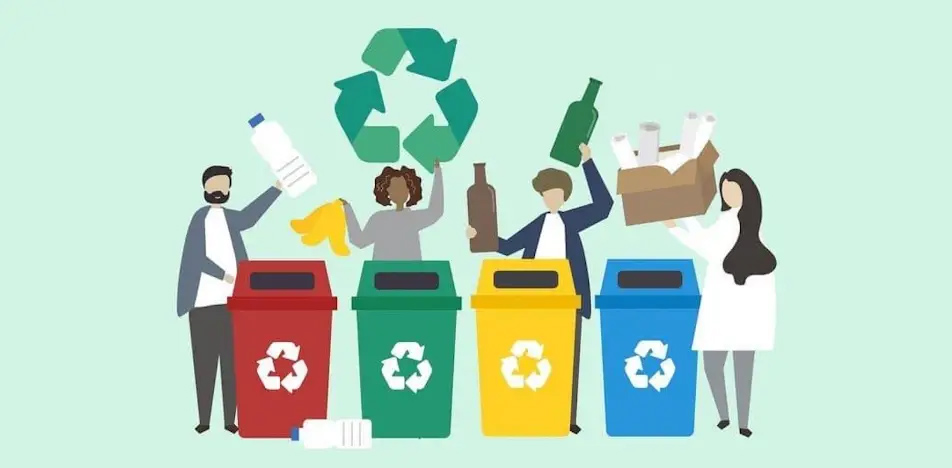

 MATERIALS AND RESOURCES
MATERIALS AND RESOURCES
It emphasizes sustainable waste management by enabling proper waste segregation and sending recyclable materials to certified facilities.
In construction, environmentally responsible materials—especially those with Environmental Product Declarations (EPDs) and recycled content—were prioritized to reduce lifecycle impact and support circularity in material sourcing.


 INDOOR ENVIRONMENTAL QUALITY
INDOOR ENVIRONMENTAL QUALITY
To ensure a healthier indoor environment, smoking areas are placed away from entrances, windows, and air intakes to prevent airborne contaminants from entering occupied spaces.
We use low-VOC materials, incorporates a fresh air ventilation system, and conducted a post-construction indoor air quality assessment to confirm safe levels of VOCs and particulate matter before occupancy.
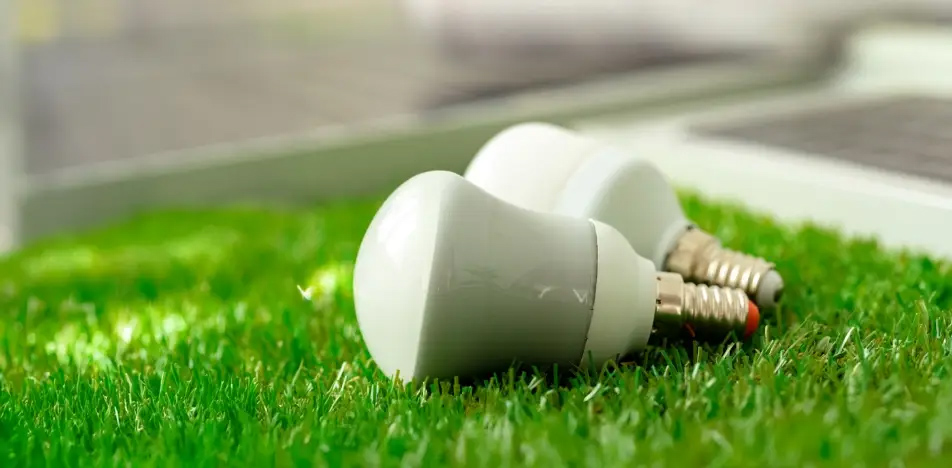

 INNOVATION
INNOVATION
It emphasizes sustainable waste management by enabling proper waste segregation and sending recyclable materials to certified facilities.
In construction, environmentally responsible materials—especially those with Environmental Product Declarations (EPDs) and recycled content—were prioritized to reduce lifecycle impact and support circularity in material sourcing.
